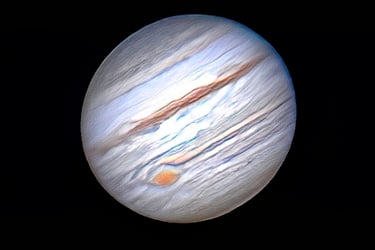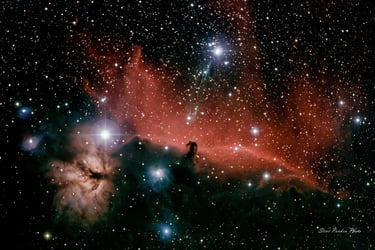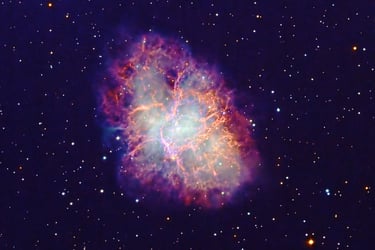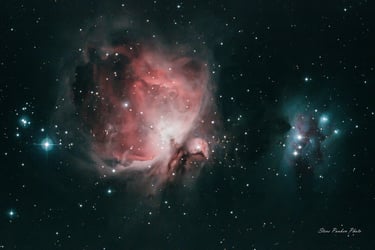Monthly Event Location
Homolovi State Park visitor center & observatory, AZ-87, Winslow AZ, 86047
Venue
2026 Astronomy presentations & night sky observing are on the 2nd Saturday of each month (April - November). The only Arizona State Park with a permanent observatory.
Hours
Summer hrs. 7 p.m. - 9:30 p.m. MST April, May, June, July August
Winter hrs. 6 p.m. - 8:30 p.m. MST September, October, November
The first hour is a presentation in the park visitor center
The remaining 90 minutes will be observations through the Moore 14" SCT telescope
Winslow-Homolovi Observatory Public Sky Exploration Night
April 11th, 2026 8 p.m. - 9:30 p.m. As sky conditions allow, the observatory will be open to view these objects thru the Moore 14" SCT telescope;
The 2025 Winslow Homolovi Observatory monthly astronomy public outreach program was very educational & entertaining. Over 400 guests attended a variety of educational presentations & viewed galaxies, nebula, star clusters and planets throughout the year. Our 2026 programs are scheduled for the 2nd Saturday of each month, April thru November. The April 11, 2026 program begins with a presentation by Dr. Moses P. Milazzo presenting Casastrophic Geology in the Solar System, 7 p.m. to 8 p.m.
Dress warm. Night time can get chilly with a light breeze.
White lights can be used around the visitor center & parking lot. Avoid pointing a white light including car headlights at the observatory.
Red lights only adjacent and inside the observatory. This protects your dark adaptation and gives you a much better eyepiece view.
Please take your time at the eyepiece. The human eye does not work well in the dark. Ask for an assist if you can't see anything thru the eyepiece.
If you have any questions please share. We have quite a few friendly volunteers with a breadth of knowledge and experience.
Jupiter & its 4 largest moons
M51, Whirlpool Galaxy, 2 galaxies colliding
M97, Owl Nebula, a planetary nebula
M81, Bode's Galaxy in the Big Dipper
M65-M66, a pair of galaxies in an eyepiece view
M1, Crab Nebula, supernova remnant
Telescope Etiquette, Comfort, & Seeing
















